How to Know When Your Bread Is REALLY Done!
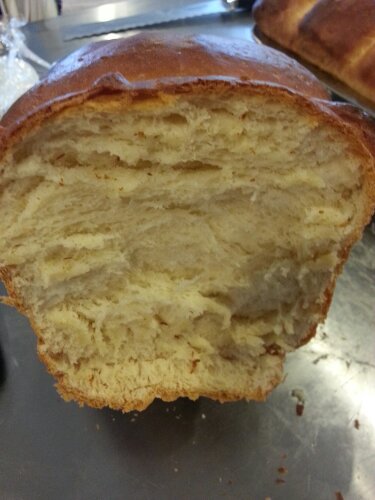
At a recent neighborhood get-together, we were talking about bread-making. A couple of the younger moms (aka new cooks) mentioned they had trouble knowing when their loaves were done. One said, “My mother used to thump the loaf to see if it sounds hollow. That doesn’t seem very accurate and I haven’t had the best luck with this approach.”
It’s a fair question and I wondered if any of our Cook’n readers had the same question. So in the chance some of you might, I thought I’d turn to one of the best bakers around, Dennis of the Prepared Pantry. And sure enough, Dennis did have the answer to what he says is a very common problem for beginning bakers.
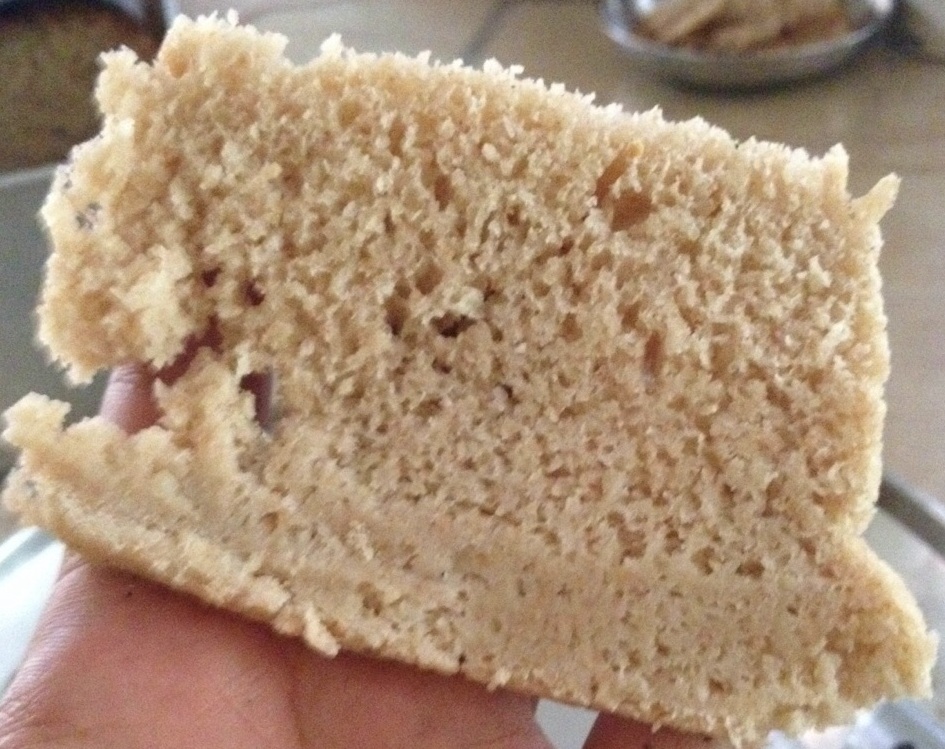
Dennis’ reply: “The color of the loaf (how brown it is) can be used as an indicator. But as your neighbor said, this isn’t very reliable. It’s the sugar in the loaf caramelizes and turns it brown, which has nothing to do with “doneness.” (This said, a sweeter loaf turns brown more sooner than French bread, which has minimal sugar in it.)
“The reliable way to tell when your bread is done is to use a thermometer. The interior of the loaf needs to be at least 190 degrees. Use a probe-type kitchen thermometer and insert it to the center of the bread. I insert the probe from the side or bottom of the loaf to avoid a hole in the top and I make sure that it is over 195 degrees in case there is a cool spot in the bread.
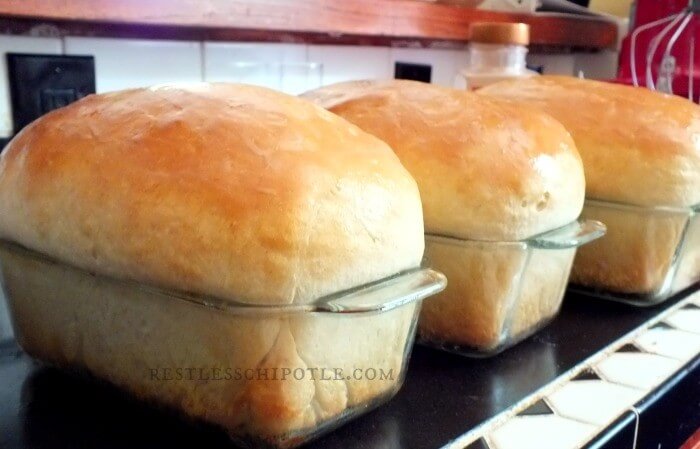
“Some crusty breads are baked to 210 degrees. And if there are eggs in the bread, bake it to 210 degrees.”
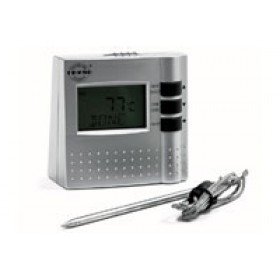
Dennis went on to say he and his staff have gone to great lengths to test kitchen probe-type thermometers and they have strong opinions on the subject. The thermometer they highly recommend is the Never Fail--Electronic digital readout thermometer and timer. It sells on his site for around $28.
Besides giving you an accurate read out on the internal temperature of your bread, this nifty device does the thinking for you and will even tend your meat while you are busy.
It's the easy way to cook meat whether in the oven, the crockpot, or on the grill. Just select the kind of meat you are cooking, select how done you like it, and turn it on. It will read the present temperature, the target temperature, and send you an alarm when your food is done. No more opening the door and sticking and probing. No more lost heat making your kitchen uncomfortable. It's accurate and efficient.
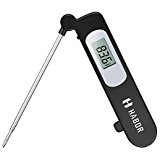
But if you don’t want to spend that much money, I found one on amazon.com for about $10 (if you use their Prime option). It’s the Habor CP3 Instant Read Cooking Thermometer High-Performing Digital Food Meat Thermometer. Without the Prime benefit it’s about $21.00.
So now that we know a foolproof way to turn out fully done breads, let’s conclude the discussion with my favorite French bread recipe. I use it for pizza crust, bread sticks, and calzone-making as well:
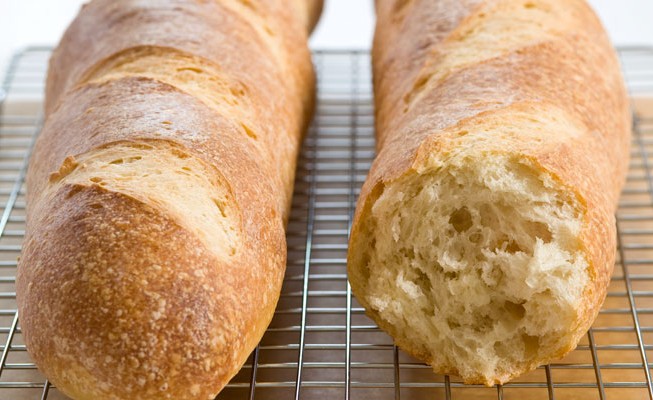
FAVORITE FRENCH BREAD
2 cups warm water
1 tablespoon yeast
1 tablespoon extra virgin olive oil
1 tablespoon sugar
2 teaspoons salt
5 -5 1⁄2 cups bread flour
Dissolve yeast in warm water (110 degrees) and sugar in large bowl; allow yeast to proof or foam (about 10 minutes).
Add salt, oil, and 3 cups flour; beat for 2 minutes.
Stir in 2 cups flour to make a stiff dough.
Knead until smooth and elastic, about 10 minutes.
Place in oiled bowl, turn dough to coat all sides, cover and let rise until doubled.
Punch down and divide in half.
Shape dough into two long slender loaves.
Grease and sprinkle with cornmeal either a french bread pan or large cookie sheet.
Place loaves in pan and cut diagonal gashes on top of each loaf (I use scissors).
Cover and let rise until doubled.
Bake at 375 degrees for about 30 minutes.
Note: You can sprinkle or spray water on the loaves during baking if you want a really crunchy crust.
- www.theworkingmomcooks.com
- www.preparedpantry.com
- www.therestlesschipotle.com
- www.amazon.com
- www.blog.couleurnature.com
 Alice Osborne
Alice Osborne
Weekly Newsletter Contributor since 2006
Email the author! alice@dvo.com
